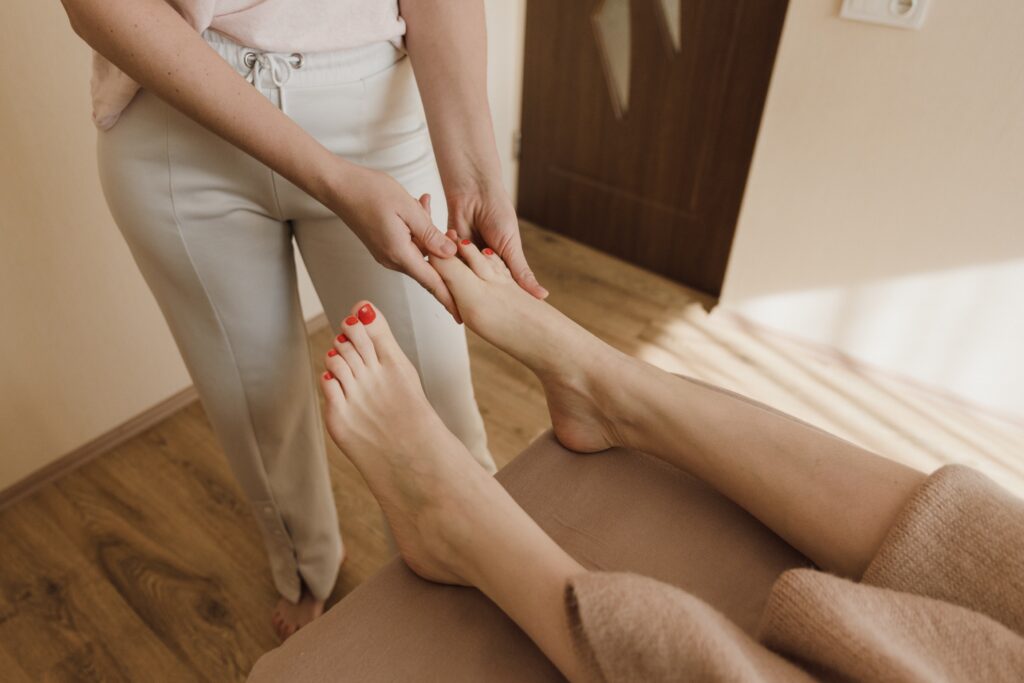Physical Therapy for Bunions: Alleviating Pain and Promoting Long-Term Relief
Introduction
Are you struggling with painful bunions? You’re not alone! Bunions are a common foot problem that can cause immense discomfort and, if left untreated, can lead to more serious issues. Fortunately, physical therapy can help ease your symptoms and prevent further damage.
Physical therapy is an effective treatment option for bunion pain relief as it focuses on strengthening the muscles and joints in your feet. Through physical therapy, you can reduce pain, improve flexibility and mobility, and restore normal function to your feet. In this article, we’ll look at what happens during physical therapy for bunions, as well as how long recovery takes and how it can help prevent reinjury.
What to Expected During Physical Therapy
When you attend physical therapy to treat bunions, your physical therapist will first assess the condition of your feet in order to devise an individualized treatment plan. This typically includes a physical examination and range-of-motion testing, as well as a review of any relevant X-rays or MRI scans.
Once they’ve identified the underlying cause of your bunion pain, your physical therapist will create a treatment program for you. This might include stretching and strengthening exercises, as well as supportive taping or splinting of the affected area. They may also use ice or heat therapy treatments to reduce inflammation and pain.
Your physical therapist may also recommend lifestyle changes such as wearing shoes with wide toe boxes to prevent further stress on your bunions, or using orthotics to provide additional support.
Types of Exercises for Bunions
The goal of physical therapy treatment is to reduce pain and strengthen the muscles in your feet so that your bunion deformity does not worsen. The following exercises may be part of your physical therapy program:
Toe curls: This helps strengthen and stretch your toe muscles.
Ankle pumps: This strengthens the ankle ligaments so that it can support your feet better and reduce strain on the bunion.
Heel raises: This builds strength in the calf and soleus muscles to provide more stability for your foot while walking.
Balance exercises: This helps improve balance and coordination, and reduces the risk of falling.
Stretches: This will help reduce pain and increase flexibility in your feet.
How Long Does Recovery Take?
The duration of treatment for bunions depends on the severity of the condition, as well as the effectiveness of your physical therapy program. Generally, most people need to attend physical therapy sessions over several weeks or months before they see significant improvement.
How Physical Therapy Prevents Reinjury
Physical therapy not only helps you recover from a bunion injury, but it also helps prevent future injuries. By strengthening the muscles in your feet and improving balance and coordination, physical therapy can reduce the risk of further bunion-related pain and injury. In addition, regular stretching can help keep your feet flexible and reduce the risk of further deformities.
Conclusion
Physical therapy is an effective treatment for bunions, helping to alleviate pain and prevent reinjury. By strengthening your feet, improving balance and coordination, and stretching regularly, physical therapy can provide long-term relief from a bunion condition. Talk to your doctor or a physical therapist about how physical therapy can help you find relief from bunions.

